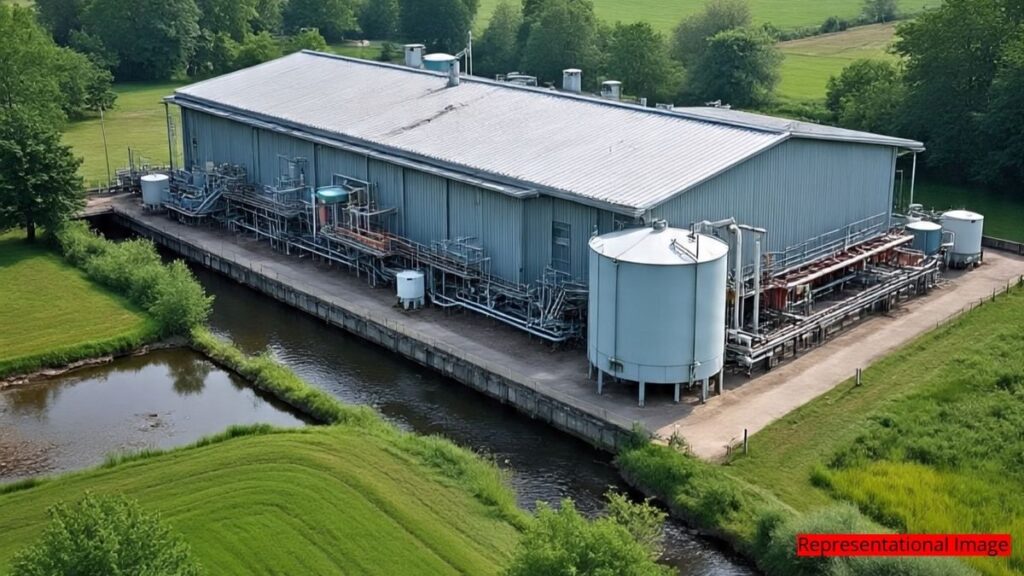Despite producing 1,350 MLD of treated wastewater daily, Bengaluru’s plants lack tertiary treatment, leaving the water unfit for reuse, unlike Singapore’s advanced NEWater system.
Bengaluru’s treatment plants fall short
Bengaluru operates 34 state-run sewage treatment plants that generate nearly 1,350 million litres of treated wastewater every day. But this water is still unsuitable for even flushing toilets, washing, or gardening. The reason: city plants stop at primary and secondary treatment, which only remove solids and some biological waste.
To make water odourless, clear, and safe for urban non-potable uses, it must undergo tertiary treatment, an advanced process that reduces harmful elements like BOD, COD, nitrogen, and fecal coliform. The upgrade, however, comes at a steep cost, about Rs 2 crore per MLD, or Rs 2,700 crore for the city’s full output, a figure currently beyond the BWSSB’s reach.
Also Read:Bengaluru: ELCITA launches free feeder bus service for metro commuters in Electronic City
Missed potential in reuse
At present, Bengaluru diverts its treated wastewater to lakes in neighbouring districts like Kolar, Chikkaballapur and other Bengaluru Rural districts instead of reusing it within the city. Experts argue that with water demand rising and resources shrinking, the city must urgently adopt advanced treatment and dual plumbing systems to make reuse practical.
Apartment complexes and private plants show what is possible, with some producing near-potable water. However, weak infrastructure, limited adoption of dual plumbing, and public hesitation hinder widespread reuse.
Also Read:Karnataka deploys grief counsellors in hospitals to boost organ donations, eyes top rank in India
Singapore shows the way
In contrast, Singapore has become a global leader in water reuse through its NEWater program, which treats sewage with advanced processes such as microfiltration, reverse osmosis, and UV disinfection. The result is high-quality reclaimed water, trusted enough to meet 40% of the nation’s demand, even for drinking.
The Singapore model highlights how heavy investment in technology and public education can build trust and transform wastewater into a reliable resource. For Bengaluru, it is a reminder that sustainable water management requires not only infrastructure but also the will to innovate.
Also Read:
1.India’s unemployment rate falls to 5.2% in July, female workforce participation rises
2.Nearly 30% of Cauvery water lost before reaching Bengaluru homes..BWSSB proposes solution!

